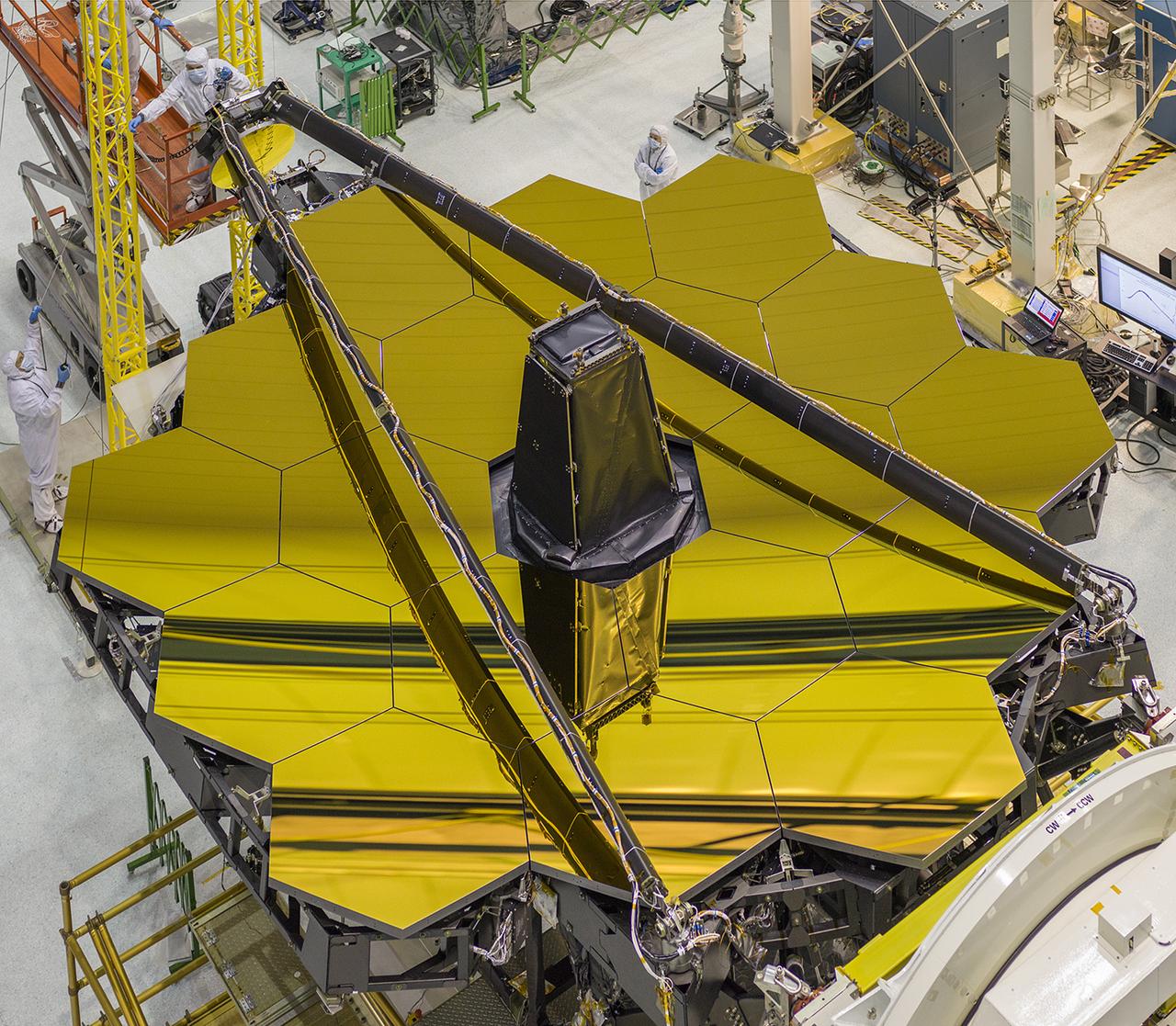Watch: Nasa releases trailer and target list for James Webb Space Telescope
Nasa is promoting the big reveal of the first images from its flagship space telescope as Hollywood would a summer blockbuster

The words and voice of the late astronomer and science communicator Carl Sagan play over celestial images in a new trailer promoting the first full-color images from the James Webb Space Telescope to be released on Tuesday 12 July.
In the trailer, released on Thursday on the official James Webb Space Telescope YouTube channel, Dr Sagan speaks about the human nature to search for knowledge while images of the Webb telescope’s iconic gold mirror and the rocket that lofted the telescope into space play on the screen.
An “essential element of the human future,” the late Dr Sagan narrates, “lies far beyond the Earth.”
And we now know just how far from the Earth Webb has already looked. Following Thursday’s trailer, Friday saw Nasa release a list of the targets Webb has already imaged, and which will be made public for the first time on Tuesday.
These include:
The Carina Nebula, a bright nebula, or massive collection of gas, about 7,600 light years from Earth that serves as a stellar nursery where new stars are formed. The Hubble Space Telescope took a panoramic image of the Carina Nebula in 2007.
The exoplanet WASP-96 b. Rather than take a photograph, Webb will take the spectrum of light emitted by this gas giant exoplanet — about half the size of Jupiter — that’s about 1,150 light years from earth. Studying the spectrum of light from stars and planets gives scientists clues as to their chemical make up.
The Southern Ring Nebula, which unlike Carina is not home to young stars, but the expanding cloud of gas surrounding a dying one. The European Space Agency and the Hubble Space Telescope produced an image of the nebula, which is about 2,000 light years from Earth, in 2013.
The compact galaxy group Stephen’s Quintet is 290-million light years away in the constellation Pegasus, and as its name implies contains five galaxies in a close gravitational relationship. Hubble imaged the galaxy group in 2009.
SMACS 072 is a field of extremely faint and distant galaxies, Webb will use the gravity of a massive foreground galaxy cluster as a lens to magnify the distant galaxies.
The Webb telescope has taken more than 20 years and 10 billion dollars to construct and launch to its operation orbit a million miles from Earth. But all that effort is just beginning to pay off: Following the public release of the first images in 12 July, Nasa expects Webb to embark on science observations for astronomers around the world over an operational lifespan that could stretch out to 20 years.
Subscribe to Independent Premium to bookmark this article
Want to bookmark your favourite articles and stories to read or reference later? Start your Independent Premium subscription today.

Join our commenting forum
Join thought-provoking conversations, follow other Independent readers and see their replies